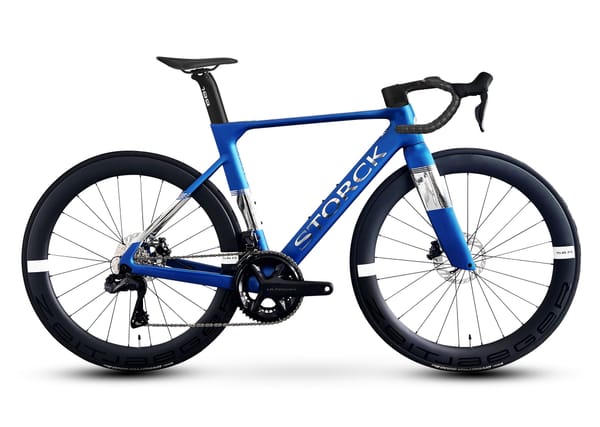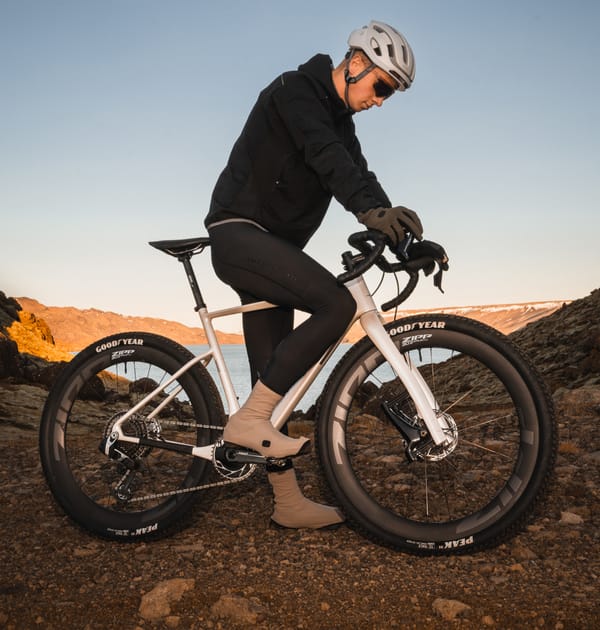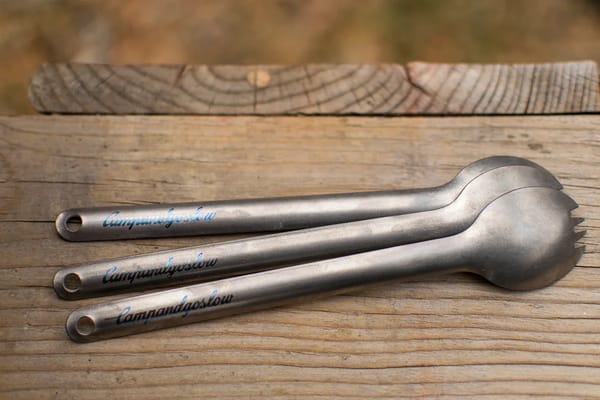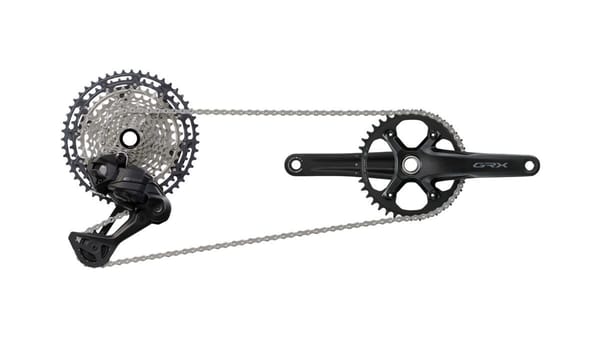Stop Treating Your Trainer Like a 'Junk Mile': An Indoor Fueling Deep Dive
I used to fuel my short indoor rides with just water. I was wrong. A personal deep dive into why heat, intensity, and new science demand a real fueling strategy for the trainer.

I have a confession to make. For years, I treated my indoor trainer sessions like a necessary evil—a shorter, less-glorious version of a "real" ride. My fueling strategy, if you can call it that, reflected this mindset. For any ride under 90 minutes, I was strictly on the "water-only" plan. Maybe I'd add a scoop of electrolytes if I was feeling ambitious, but I'd never dream of "wasting" a gel or a high-carb mix on such a short ride. My thinking was simple: It’s only an hour. Why would I need to eat?
I’d finish a 60-minute VO2 max session on the trainer completely shattered, collapsing over the bars in a way I rarely did outside. I just assumed that was the point. I was toughing it out.
Then I started to really look at the data from my rides, and a simple, obvious fact hit me: my indoor workouts were often harder than my outdoor rides. The average and normalized power were almost always higher. There was no coasting. No easy half-mile to the stop sign. No drafting. It was 60 minutes of uninterrupted, structured work.
Why, I asked myself, was I fueling my most intense, condensed workouts with less nutrition than a casual outdoor spin? This realization sent me down a rabbit hole, and what I found completely changed my approach to "the pain cave."
It turns out that the indoor trainer is a unique beast, a trifecta of intensity, heat, and sweat that demands its own fueling strategy.
The Intensity We Ignore
When we ride outside, even on a hard group ride, we get dozens of micro-breaks. We coast through corners, stop at lights, or sit in the draft for a few seconds. On the indoor trainer, that all disappears. In "ERG" mode, the trainer dictates the power, and it does not relent.
This constant tension has a massive metabolic cost. And the primary fuel for high-intensity work is carbohydrate.
This is where the science of sports nutrition has radically shifted over the last decade. I was reading a piece that traced the evolution of carb intake, and it’s fascinating. It was once thought that 90-100 grams of carbs per hour was the absolute physiological limit, something only elite Tour de France riders with "trained guts" could handle.
Now, we know that’s just not true. Anecdotal and scientific evidence overwhelmingly shows that carbohydrate consumption is one of the single biggest determinants of performance. Serious athletes are now routinely pushing 100-120 grams per hour, and some pros are reportedly consuming over 150 grams.
As a pharmacist, I find the advances in nutrition tech particularly interesting. The reason we can do this without the massive GI distress that would have floored us years ago is because of new formulations, like hydrogels. They’ve essentially figured out how to transport sugar through the stomach in a way that’s gentler and more efficient.
When I connected this back to my trainer rides, that whole "water-only" theory fell apart. If my one-hour session is packed with high-intensity intervals, my body has a high fueling demand. To perform at my best—and, just as importantly, to recover and adapt from that workout—I need to supply that fuel.
For most of us, a good starting point for any high-intensity session, indoors or out, is 60-100 grams of carbs per hour. Even for a short, 45-minute ride, taking in some carbs at the beginning can make the difference between finishing strong and fading in the last interval.
The Heat Factor
Here’s the second, critical piece of the puzzle: the environment.
My pain cave is in my garage. Even here in Denver, with three industrial-size fans blasting me, it gets hot. I put a small smart-home thermometer in the room, and during a hard summer workout, the ambient temperature can easily climb to 78°F or higher. And with zero natural airflow, the humidity from my own sweat creates a microclimate.
When we ride outside, we have the massive cooling effect of wind. Even on a hot day, moving at 20 mph creates significant convection. Indoors, we have none of that.
This isn't just a matter of comfort; it fundamentally changes our physiology. I was reading a study that showed a direct link between increased core temperature and performance degradation. The body has to work harder to cool itself, shunting blood to the skin, which means less blood is available for the working muscles.
What I found most compelling, though, is that the human body actually burns more carbohydrates in hot and humid conditions. So, not only is the trainer session more intense (burning carbs), it’s also hotter (burning even more carbs). It’s a double whammy. If you’re not replacing that fuel, you are, quite literally, destined to bonk in a pool of your own sweat.
One study I saw highlighted this perfectly. It found that simply adding a fan to an indoor cycling setup doubled a rider's endurance during a ramp test. That’s a staggering performance gain from a simple environmental change.
The Hydration and Salt Equation
This brings us to the most obvious byproduct of indoor training: sweat. Loads of it.
If you’re not sweating buckets, you’re either not working hard enough or you have the best cooling setup known to man. This fluid loss is a performance killer in its own right. The general recommendation I’ve seen is to aim for 1 to 1.5 bottles (about 18-26 oz or 500-750mL) of liquid per hour on the trainer. For high-intensity races, you’d aim for the higher end of that range.
But just as important as what you drink is the temperature. That same study on core temperature noted that precooling—lowering your core temp before the effort—had a huge performance benefit. One of the easiest ways to do this, and to maintain it during the ride, is by consuming cold liquids.
WorldTour riders are sometimes seen consuming "slushies" on hot days. This isn't just for morale; it’s a deliberate strategy to cool the body from the inside out. I’ve started making sure my trainer bottles are ice-cold, and the difference is palpable.
Of course, we can't talk about sweat without talking about electrolytes. Sweat isn't just water; it's packed with sodium. How much sodium is highly individual.
You can get fancy lab tests, but there’s a simple DIY sweat test. After a hard session (ideally with no fans, just to really see what's happening), take a look at your bibs and jersey. Are they caked with white, starchy streaks? If so, you’re a "salty sweater" and need to be much more aggressive with your electrolyte replacement. If you feel hot but your kit is just wet, you’re likely a lighter sweater.
As a data-driven person, I love this kind of simple, practical self-assessment. It helps you customize your strategy. Personally, I'm a moderately salty sweater. I now know that for any intense indoor session, I need a bottle mix that contains both a high carb count (I aim for 80g) and a healthy dose of sodium (around 1000mg).
Fueling the Work
I’ve stopped treating my indoor rides as a lesser form of cycling. They are, in many ways, the most potent and efficient training I do. And they deserve to be fueled as such.
My old self-sabotaging "water-only" days are over. My 60-minute threshold session now includes a full bottle of high-carb, high-sodium mix. The result? I’m no longer just surviving my workouts. I’m completing them feeling strong, I’m hitting my targets more consistently, and my recovery is faster.
The takeaway for me has been simple. Don't just fuel for the duration of the ride. Fuel for the work you’re actually doing. And on the trainer, that work is harder than you think.





